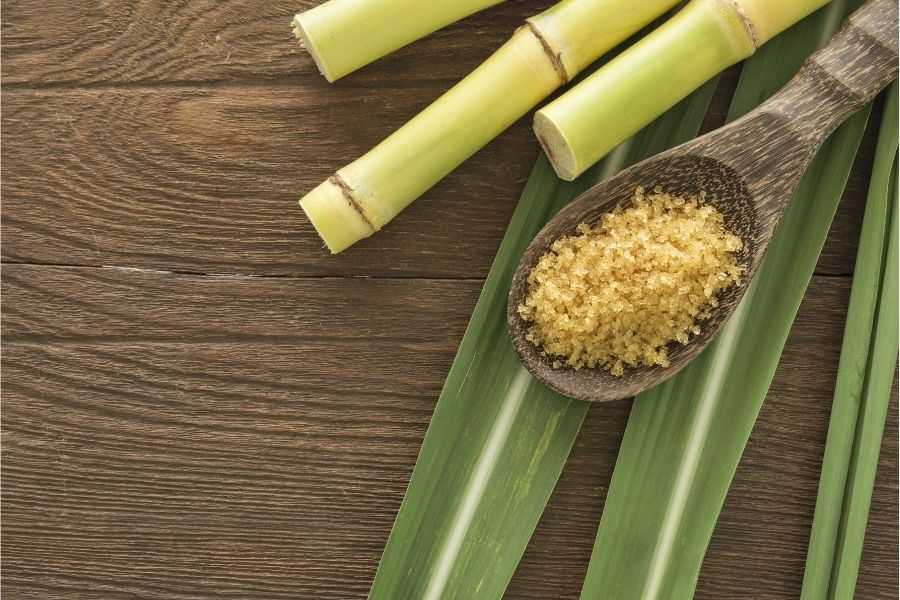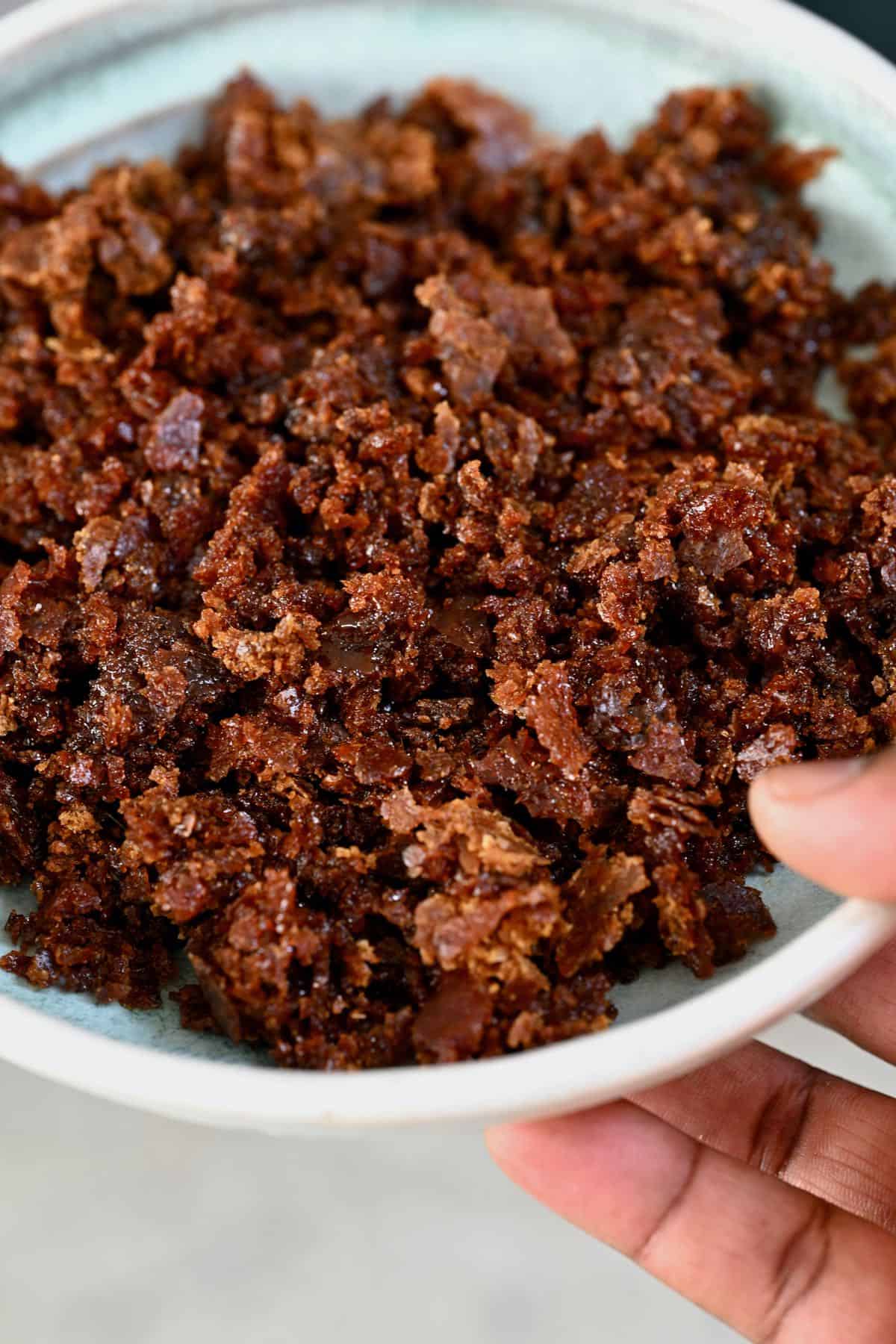Cane Sugar Processing: Conventional Methods and Modern Innovations
Cane Sugar Processing: Conventional Methods and Modern Innovations
Blog Article
Checking Out the Comprehensive Steps Involved in Cane Sugar Processing From Gathering to Improvement
The procedure of walking stick sugar production includes a series of complex actions, beginning with the cautious harvesting of sugarcane and finishing in the improvement phases that make certain the last product satisfies market standards. Each phase, from the extraction of juice to the filtration and crystallization procedures, plays an essential duty in identifying the high quality and character of the sugar.
Gathering Sugarcane
Harvesting sugarcane is a vital action in the walking cane sugar handling chain, as it directly influences the high quality and return of the final item. Correct timing and strategies are vital during this stage to make certain ideal sugar content and minimize losses. Normally, sugarcane is gathered when it reaches maturation, typically 12 to 18 months after growing, identified by a high sucrose concentration.

Post-harvest, the sugarcane needs to be processed promptly to avoid sucrose destruction. Preferably, gathered cane needs to be transported to refining centers within 24-hour to preserve sugar quality. Therefore, efficient logistical preparation is essential to preserve the honesty of the gathered crop throughout the supply chain.
Extraction Process

The smashed walking cane undergoes a series of pressing operations to maximize juice healing. Generally, warm water is splashed onto the crushed cane, producing a countercurrent circulation that aids dissolve the sugar while also aiding in the removal process. The juice gathered from this operation has not only sugar but additionally various organic compounds and pollutants.

To boost removal efficiency, some centers may utilize diffusion methods, where the sugarcane is taken in warm water, enabling the soluble sugars to diffuse into the liquid. The resulting juice, rich in sucrose, is after that guided to subsequent processing stages, laying the foundation for filtration and improvement. The extraction process is hence pivotal in figuring out the quality and yield of the final sugar product.
Purification Methods
The purification methods employed in walking cane sugar processing are important for changing the raw juice right into a high-grade sugar item. These methods mostly intend to remove contaminations, such as dirt, plant materials, and not natural compounds, which can detrimentally affect the end product's taste and shade.
This process involves including lime and warm to the raw juice, which promotes the coagulation of impurities. Furthermore, the use of phosphoric acid can enhance the explanation process by further binding pollutants.
One more substantial method is carbonatation, where carbon dioxide is presented to the cleared up juice. This response generates calcium carbonate, which records staying impurities and advertises their elimination.
Additionally, turned on carbon therapy may be used to adsorb any remaining colorants and natural contaminations, guaranteeing a more refined product. The mix of these techniques efficiently prepares the sugar juice for subsequent action in the refining process, setting the phase for the production of top quality walking stick sugar.
Condensation Techniques
After the purification phase, the next crucial action in walking cane sugar processing includes crystallization methods, which play an essential role in changing the cleared up juice right into solid sugar. This process generally utilizes 2 primary approaches: spontaneous condensation and regulated formation.
In spontaneous condensation, supersaturated sugar solutions are permitted to cool down normally, check that leading to the development of sugar crystals over time. This approach allows for the uniform development of sugar crystals and greater pureness.
Throughout formation, the made clear juice is concentrated via evaporation, raising its sugar material up until it reaches supersaturation. Once this factor is accomplished, either technique can help with the crystallization procedure. Cane Sugar Processing. The resultant sugar crystals are after that divided from the staying syrup through centrifugation
Ultimately, the selection of condensation technique influences the high quality, dimension, and pureness of the last sugar product, making this action necessary in the overall walking cane sugar processing procedure.
Refinement and Product Packaging
Just how can the purity and quality of walking cane sugar be better improved after crystallization? The improvement process plays a vital role in attaining high-quality walking stick sugar. Following formation, sugar goes through a detailed washing to remove impurities and recurring molasses. This is usually achieved making use of warm water or vapor, which assists dissolve and remove unwanted aspects while maintaining the sugar crystals.
Next, the sugar is subjected to a procedure called centrifugation, where it is rotated at broadband to separate the purified sugar crystals from the staying fluid. After centrifugation, the sugar is frequently further refined via a technique called carbonization or phosphatation, which utilizes triggered carbon or phosphoric acid to remove shade and off-flavors.
When improved, the sugar is dried out to accomplish the desired wetness material, making certain that it stays steady throughout storage and transport. The final action includes product packaging the polished sugar in moisture-proof and closed containers to keep its top quality and prevent contamination. Cane Sugar Processing. Proper packaging not just prolongs life span however likewise helps with simple handling and distribution, ensuring that consumers receive sugar that satisfies the highest possible criteria of pureness and top quality
Conclusion
The extensive steps associated with walking cane sugar processing, from the thorough harvesting of sugarcane to the intricate refinement and try these out product packaging phases, highlight the relevance of each stage in guaranteeing premium sugar production. Ideal harvesting strategies, effective extraction techniques, and strenuous filtration processes collectively anonymous add to the end product's pureness and stability. The formation and subsequent packaging techniques further boost the integrity and rack life of the sugar, highlighting the intricacy and accuracy integral in this vital agricultural market.
The procedure of walking cane sugar production includes a collection of intricate steps, starting with the cautious harvesting of sugarcane and culminating in the refinement stages that make sure the last product fulfills industry criteria. Ideally, gathered walking stick should be moved to processing centers within 24 hours to preserve sugar quality.In spontaneous condensation, supersaturated sugar options are enabled to cool normally, leading to the development of sugar crystals over time - Cane Sugar Processing. The refinement process plays a critical function in achieving top notch walking cane sugar.The comprehensive actions entailed in walking stick sugar handling, from the careful harvesting of sugarcane to the intricate refinement and product packaging phases, underscore the relevance of each phase in guaranteeing top notch sugar production
Report this page